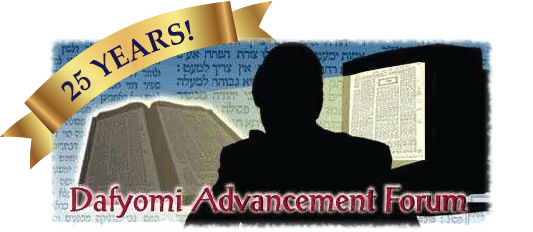What do we learn from "v'Al Riv Hemah Ya'amduu?"?
Malbim: Kohanim will be among the Sanhedrin to judge monetary and capital cases.
What do we learn from "b'Mishpatai Yishpetuhu"?
Radak, Malbim: They will judge the quarrel like laws of quarrels are written in the Torah.
What Chukim of the Mo'adim are discussed?
Radak: The Korbanos brought on the festivals. The same applies to "v'Es Shabsosai Yekadeshu."
What is the significance of the matters mentioned in our verse?
Malbim: They hint to what we learn from "v'Hayah Emunas Itecha Chosen Yeshu'os Chachmas va'Da'as" (Yeshayah 33:6 - the six orders of the Mishnah 1 .) It already mentioned Yeshu'os (Nezikim), Chachmah (Kodshim) and Da'as (Taharos). Torosai and Chuosai are Zera'im and Nashim ? they have Chukim such as Arayos and Kil'ayim, and Toros. "b'Chol Mo'adai" is Mo'ed. It adds "v'Es Shabsosai Yekadeshu" to warn about Shabbos, even though Kohanim are permitted [Melachah on] Shabbos for Avodah.
Shabbos 31a: "Emunas" refers to Seder Zera'im. (One plants, and relies on Hashem to make it grow.) "Itecha" (your times) refers to Mo'ed. Chosen refers to [inheritance, i.e. children which come from] Nashim (women). Yeshu'os (salvations) refers to Nezikim. (It teaches one to beware of damaging, and saves him from liability.) Chachmas refers to Kodshim (it is difficult to learn). Da'as (which is greater than Chachmah) refers to Taharos (the hardest Seder).




